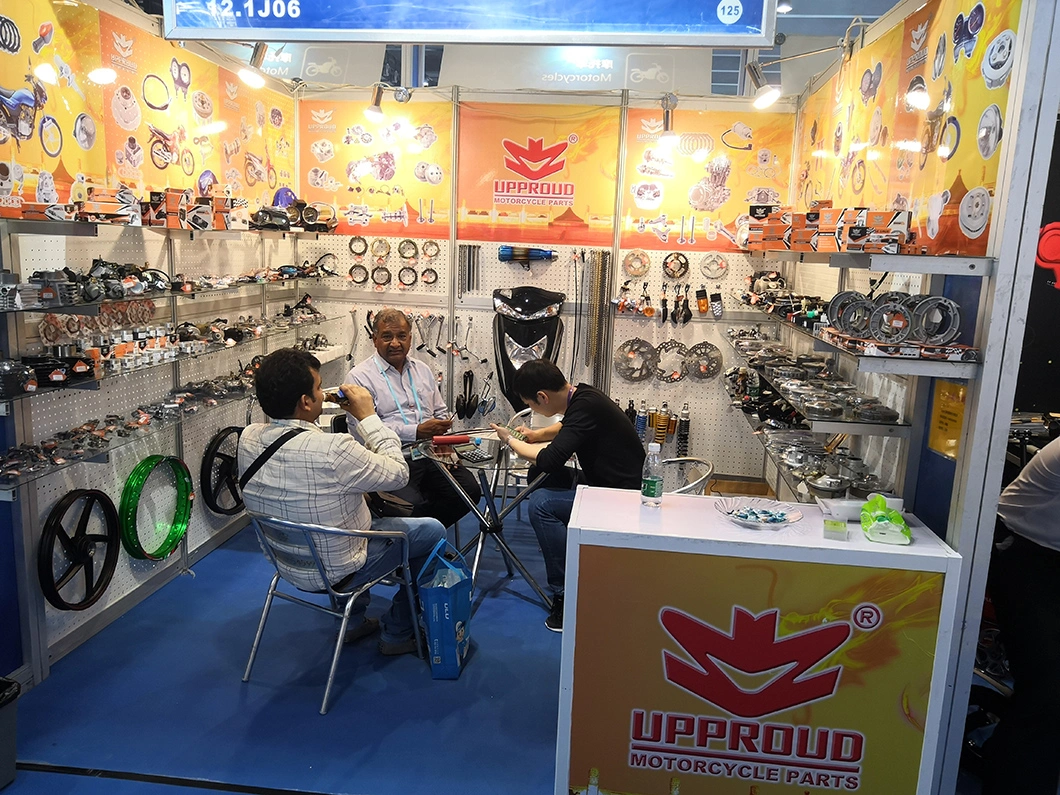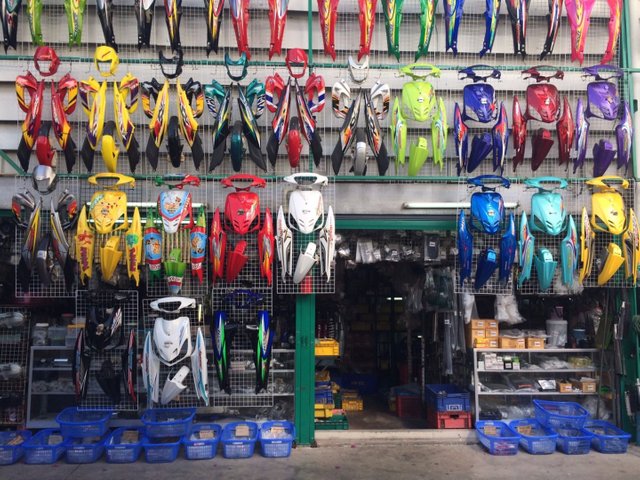Top MX Gear NZ: Get Ready for Your Next Off-Road Journey
Top MX Gear NZ: Get Ready for Your Next Off-Road Journey
Blog Article
Recognizing the Crucial Parts of a Bike: A Comprehensive Overview for Lovers
For motorbike fanatics looking to boost their riding experience and ensure their bikes run efficiently, understanding the important elements of a bike is extremely important. Each element, from the engine's elaborate operations to the important role of the stopping mechanisms, not only impacts efficiency however likewise safety and security and convenience.
Engine Elements

The camshaft plays a crucial function in managing the timing of the engine's shutoffs, guaranteeing the accurate opening and closing needed for effective fuel and air intake, in addition to exhaust expulsion. This timing is essential to preserving optimal engine efficiency and performance. In addition, the carburetor or fuel shot system, depending upon the motorbike version, is accountable for blending air with gas in the appropriate proportion for burning.
The air conditioning system, either air or liquid-based, functions to preserve the engine's temperature level within operational limitations, protecting against overheating and ensuring longevity - mx parts nz. Each component, meticulously made and integrated, adds to the smooth operation of the engine, defining the motorcycle's power result and total efficiency
Transmission System
Integral to the motorbike's capability, the transmission system ensures effective power transfer from the engine to the wheels. This system comprises numerous crucial elements, consisting of the clutch, transmission, and final drive, each playing a vital role in translating the engine's power into motion. The clutch, usually operated by a hand lever, serves to engage and disengage the engine from the transmission, enabling smooth equipment adjustments and controlled acceleration.
The transmission, frequently described as the transmission correct, includes a collection of gears that riders can manually change with to adjust the bike's speed and torque outcome. These gears are set up in a sequence that allows the bike to speed up smoothly and keep ideal engine efficiency across numerous rates. Many bikes utilize a consecutive gearbox, needing the motorcyclist to shift equipments in a fixed order.
Braking Devices
While comprehending the transmission system is essential to using a motorbike's power, equally crucial is the capacity to regulate and quit that power effectively, which is where braking systems enter into play. Brakes are essential for security and performance, providing the biker with the necessary control to browse different surfaces and conditions. Normally, motorcycles feature 2 kinds of stopping systems: disc brakes and drum brakes.
Disc brakes are extra prevalent in modern-day bikes due to their superior performance. This system provides better warm dissipation, constant efficiency, and boosted stopping power, especially in damp problems.
On the other hand, drum brakes, though less common, are still discovered in some motorbikes. They function by pushing brake shoes against the internal surface area of a drum connected to the wheel. While typically less efficient in warm dissipation and stopping power, drum brakes are less complex and a lot more cost-effective.
Recognizing these braking systems' subtleties enables motorcyclists to preserve their motorbikes effectively and value the design that makes certain safe and reliable stopping.
Suspension and Guiding
Suspension and steering systems are crucial parts that substantially affect a motorcycle's handling and trip comfort. carbon fiber motorcycle helmet The suspension system, including forks at the front and shock absorbers at the rear, takes in road irregularities, boosting stability and control. Front forks, typically telescopic or inverted, compress and rebound to alleviate influences, while back shock absorbers maintain tire call with the road, critical for grip and safety and security.
Steering, focused around the handlebars, connects the cyclist to the motorbike's directional control. The steering head bearings guarantee smooth procedure, allowing exact maneuverability. Appropriate positioning and upkeep of these bearings are crucial for predictable guiding reaction and reducing motorcyclist tiredness.
The suspension's adjustability is an additional vital facet; preload, damping, and rebound settings permit personalization to suit different riding styles and problems. This adaptability is important for optimizing performance, whether browsing city streets or dealing with sturdy trails. Advancements like digital suspension systems use real-time changes, enhancing experience top quality across diverse terrains.

Electric Equipments
After ensuring a smooth and controlled experience via efficient suspension and steering systems, attention turns to the electrical systems, an essential facet of contemporary motorbikes. These systems play a vital role not only in starting the engine but also in powering different elements that improve the performance and safety and security of the motorcycle.
At the heart of a bike's electrical system is the battery, which stores electric power necessary for beginning the engine and powering supporting systems - motocross gear. The alternator or generator, combined with the rectifier-regulator, makes sure the battery stays charged while the motorbike is in operation, converting power right into electric power and preserving voltage levels
The ignition system, another crucial component, is in charge of sparking the air-fuel blend in the engine's cyndrical tubes. Modern bikes commonly make use of an electronic ignition system, using higher effectiveness and reliability contrasted to typical systems.
Lights systems, including headlights, tail lights, and indications, are likewise crucial, guaranteeing visibility and safety and security for the cyclist. Extra electronic components such as sensing units, control systems, and presents add to sophisticated features like gas shot management, anti-lock braking systems (ABDOMINAL MUSCLE), and electronic dashboards, further boosting the riding experience.
Verdict
A complete comprehension of a bike's vital components, including the engine, transmission system, stopping devices, suspension, steering, and electrical systems, is crucial for enthusiasts aiming to maximize comfort, safety, and performance. Mastery of these aspects permits for informed decisions concerning upkeep and upgrades, eventually boosting the riding experience. By incorporating this knowledge, bikers that site can ensure their motorbikes operate at peak effectiveness and dependability, consequently making the most of both pleasure and durability of their automobiles.
For motorbike lovers looking to raise their riding experience and ensure their bikes run smoothly, comprehending the necessary elements of a motorbike is vital.Important to the motorbike's performance, the transmission system guarantees effective power transfer from the engine to the wheels.While comprehending the transmission system is crucial to taking advantage of a motorbike's power, similarly essential is the ability to control and stop that power efficiently, which is where braking mechanisms come right into play. Normally, half helmet bikes feature 2 kinds of braking systems: disc brakes and drum brakes.
A comprehensive comprehension of a bike's crucial parts, consisting of the engine, transmission system, braking devices, suspension, guiding, and electrical systems, is indispensable for fanatics intending to optimize efficiency, comfort, and safety.
Report this page